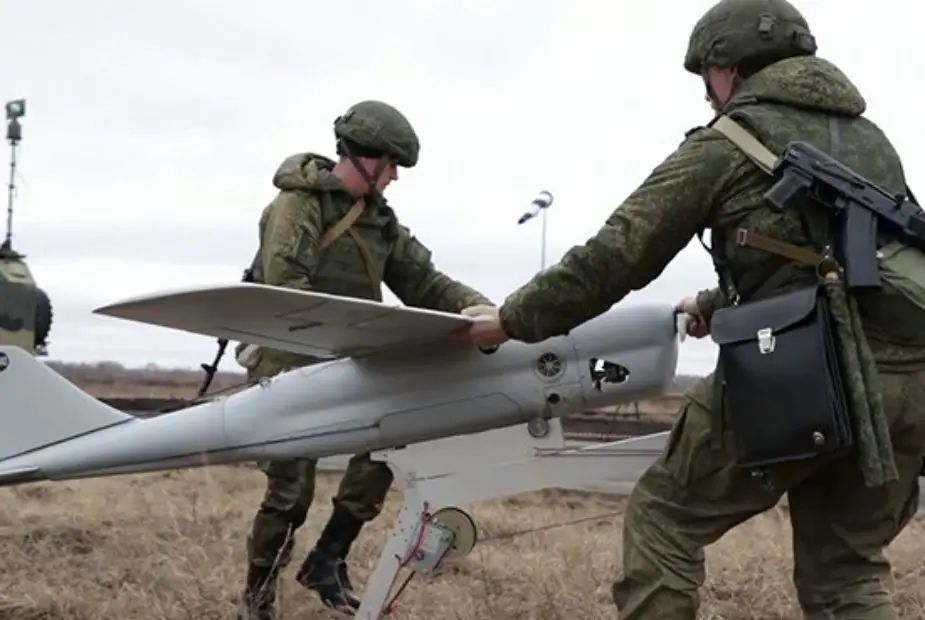In a recent development, Russia has shifted its attack strategy against Ukraine's energy infrastructure, now targeting power stations in less protected regions compared to Kyiv. This shift follows a series of renewed attacks on Ukrainian energy facilities, combining the use of drones, ballistic missiles, and cruise missiles. Andrii Chernyak, a representative of Ukraine's Military Intelligence, reported that the Kremlin has enough missiles to conduct one or two major assaults in the coming weeks.
Follow Army Recognition on Google News at this link

This shift follows a series of renewed attacks on Ukrainian energy facilities, combining the use of drones, ballistic missiles, and cruise missiles (Picture source: Russian MoD )
The recent attacks have specifically targeted thermal power plants in areas offering less protection than the Ukrainian capital, which boasts one of the best air defense systems in the country. According to Ukrainian officials, while the damages caused by Moscow are not as widespread as in previous campaigns, they are seen as more severe, with the apparent goal of causing permanent and irreparable damage. Several power plants, especially in the Kharkiv region near the Russian border, have been nearly destroyed.
Maxim Timchenko, CEO of DTEK, Ukraine's largest energy producer, stated that the aim is to restore as much as possible by October. The group lost about 80% of its electricity production due to Russian attacks in the last week of March, resulting in the shutdown of five DTEK thermal power plants. Timchenko mentioned plans to reactivate certain substations and large power plants that were not fully destroyed, hoping to reconnect at least 50% of the damaged power units to the grid, provided there are no further attacks.
Maria Tsaturyan, head of communications at Ukrenergo, Ukraine's national transmission system operator, revealed that the same number of missiles used in the winter [2022-2023] attack are now being directed at five to six energy facilities in a single region, aiming to disconnect large industrial regions and cities from the power supply.
Ukrainian officials also noted that without the mild temperatures, energy imports from the EU, and an increase in renewable energy production, Ukraine would have experienced widespread blackouts, as was the case in 2022-2023. Moreover, Andriy Gerus, head of the Ukrainian Parliamentary Committee for Energy and Public Utilities, mentioned that Russia is also now using expensive precision ballistic missiles, highlighting that Ukraine has only a few US-made Patriot air defense systems capable of intercepting them.
The attacks have prompted an international response, with record EU imports reaching the equivalent of two power plants' output in the days following the March strikes. Following Russia's full-scale invasion in 2022, Ukraine connected its grid to those of neighboring EU countries, such as Romania, Slovakia, Hungary, and Poland. The early spring's sunny weather also helped, with solar power generating between 20 and 25% of the country's energy needs at midday.
Focusing on more distributed energy production could further assist Ukraine in the long run. Wind farms and solar stations, being dispersed, make it impossible for strikes to eliminate power generation in the same way. "We all need to think about the fact that after this winter, there will be another and another," Timchenko said, emphasizing the need to transition to distributed generation.
As Ukraine must be able to protect all its energy infrastructures to avoid difficulties next winter, Russia continues to increase its missile production, indicating possible new offensives.
News Russia Ukraine War
















